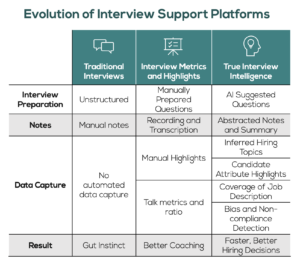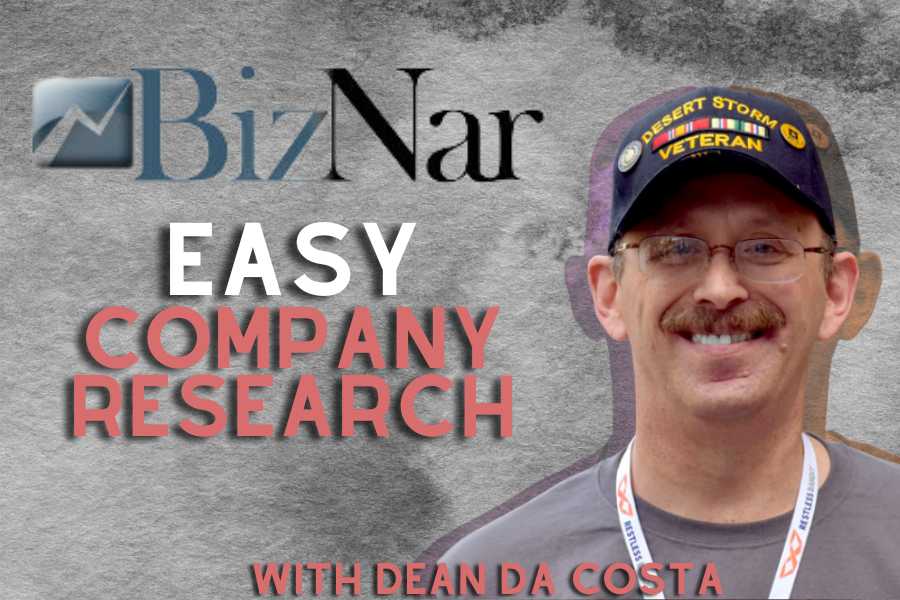From trying out a talent marketplace to getting the most helpful tools, there are many ways to give employees the opportunity for growth and internal mobility.
Create an Internal Talent Marketplace
An internal talent marketplace (platform or interface) allows employees to showcase their skills and interests, apply for open positions, and connect with hiring managers. It creates transparency and enables employees to take control of their career development.
It also gives managers and company leaders insight into the skills that their existing workforce has now or wants to learn in order to forecast and close future skills gaps by moving skilled employees into new roles.
Jessica Miller-Merrell
Founder and Chief Innovation Officer, Workology
Try Monthly Career Planning
Employees can often be terrified of raising career questions with their immediate boss—scared it could lead to reduced trust or worse…termination. To boost internal mobility, organizations have to actively encourage managers to set regular checkpoints with team members where long-term career planning is the focus (a monthly cadence is my personal recommendation).
Having done this twice recently, the common refrain I hear is, “Why would you allow your employees to move to alternate teams?” My response is simple: I’d always prefer talent to remain within our company, and if we can develop an appropriate transition plan, then there is no downtime, compared to if the employee becomes frustrated and ultimately leaves, causing a far greater burden than if we found a new home for them within the same company.
Patrick Ward
Founder, NanoGlobals
Share Stories of Growth
Spread the word when employees are promoted! When staff members are celebrated publicly, it can inspire everyone.
Your employees will feel empowered to create their own paths to success within the company. Consider an internal page on your website where employees can share success stories and you can feature open roles. When your team celebrates each other often, a culture of growth develops!
Liza Kirsh
Chief Marketing Officer, Dymapak
Post Internally First
To encourage employees to apply for internal positions, begin by posting the position internally only. Post positions in-house for at least 14 days before sharing externally.
This will encourage and give employees the opportunity to apply before having to compete with a wider applicant pool. Many internal candidates won’t apply, as they fear they won’t be able to compete, especially for higher positions. However, these employees have company history and knowledge that can’t be replicated. Show your employees that promoting from within is a priority for your company.
Asker Ahmed
Director and Founder, iProcess
Facilitate Employee Development
In my expert opinion, one of the most effective ways to improve internal mobility is by investing in employee development.
Well, employers should provide opportunities for their employees to learn new skills, take on additional responsibilities, and advance their careers. This can be done through job shadowing, mentoring, training programs, and offering tuition reimbursement for further education.
Rene Delgado
Founder and CEO, Shop Indoor Golf
Increase Transparency and Communication
In my expert opinion, to improve internal mobility, employers should increase transparency and communication with their employees. This includes providing clear job descriptions, career paths, and performance expectations.
Employers should also provide regular feedback and have open discussions with employees about their career goals and aspirations. This will help employees understand what opportunities are available to them and how they can advance within the company.
Matthew Appleton
E-commerce Manager, Appleton Sweets
Implement a Formal Internal Mobility Program
Experts prefer this, employers should implement a formal internal mobility program that outlines the process for internal job postings, transfers, and promotions. The best thing about this program is that it should be easily accessible to all employees and should be regularly updated to reflect the changing needs of the company.
The program should also be supported by senior leadership and be communicated clearly to all employees to ensure that everyone is aware of the opportunities available to them.
Alice Hall
Co-Founder and Creative Director, Rowen Homes
Cross-train Employees
Generally, each employee holds a single job description or list of tasks and responsibilities at one time. Employees, and their leaders, may consider this to be a level of internal comfort, whereby most people know their place and expectations.
This level of operation comes at a cost to individual employees who seek to learn more about your business operations and even contribute more to its success. Employees who aspire to higher levels of responsibility and authority need to know that this potential is realistic.
Evidence may come when certain opportunities for cross-training are advertised. Employees, for example, who are generally in a customer-facing position may be offered exposure to the internal operations, such as customers’ order processing.
For those seeking to reach higher and organizations valuing the skills and experience of tenured staff, internal mobility can be improved when staff is building upon skills, rather than only perfecting their original job description.
Ashley Kenny
Founder, Heirloom
Develop a Comprehensive Career Development Program
The best way to improve internal mobility for employees is to provide a clear path forward for career advancement. If you’re in a position where you’d like to move up in your organization but don’t know how or if it’s even possible, it can frustrate and demoralize you. We want our employees to feel empowered and confident in their ability to advance within the company, so we ensure they have access to guidance and resources that will help them get there.
One way to do this is to develop a comprehensive career development program. This program should give employees the tools and help they need to improve and advance in the company. This could mean having access to opportunities for training and growth, mentoring and coaching programs, and career counseling services. Also, organizations can create a culture of continuous learning and development by giving employees at all levels of the organization opportunities to learn and grow.
Kimberley Tyler-Smith
VP, Strategy and Growth, Resume Worded
Ensure that You Have the Proper Technologies
Big businesses, in my perspective, hold a complicated web of opportunities. It is understandable that hiring managers will find it difficult to balance hiring requirements with existing internal expertise. Increasing the visibility of opportunities and simplifying the identification and development of internal talent, talent management software helps make sense of it all.
Seek software with professional progression and internal mobility features. This will assist you in systematizing your efforts and making internal mobility accessible and realizable for the entire organization.
Joe Troyer
CEO and Growth Advisor, Digital Triggers

















